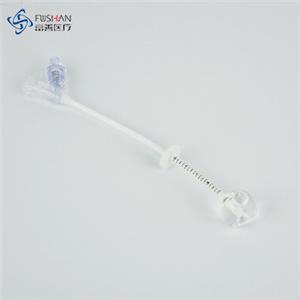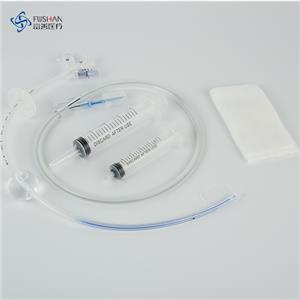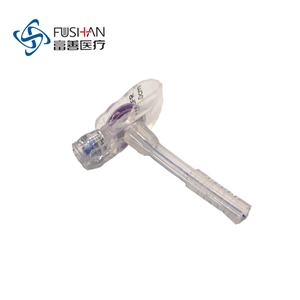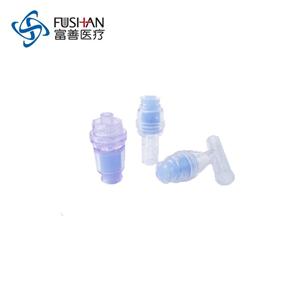Silicone’s History and Future in Medical Manufacturing
Silicone, a highly versatile synthetic polymer, seems to show up everywhere from cooking utensils and adhesives to sealants and cosmetics. Its unique properties have contributed to silicone’s traditional appeal in more complex fields as well; for decades, the material has been an integral ingredient in medical technology. Valued by original equipment manufacturers (OEMs) and product designers for its adaptability, silicone lends itself to intense applications in implantable medical devices, reusable and single-use components, and other health care technologies involving hospital equipment and surgical tools that demand reliability and trustworthy performance.
Chemists first discovered silicon, the naturally occurring element that forms the basis for silicone, in the early 1800s. Just over a century later, in the 1940s, silicone materials became commercialized and companies such as Dow Corning and General Electric were discovering the full extent of their properties. Resistance to temperature extremes, environmental factors, and electricity were noted, and silicone materials quickly gained acceptance and adoption.
A key factor in silicone’s rise to popularity was its ability to adapt and succeed in a highly diverse range of applications. Silicone has been used in life sciences, aerospace/defense, electrical, and industrial applications since the 1960s. In medical manufacturing, the material is suitable for use in a broad variety of components, from valves and tubing to long- and short-term implantable devices, and far beyond. It is often used as the external jacketing on medical wire and cable for hospital equipment, surgical tools, patient monitoring systems, imaging and diagnostic instruments, and other medical devices.
Although additional processing and potential costly reapplication of parylene is required for silicone to meet stringent FDA and biocompatibility requirements, the core ingredients are abundant and easy to manipulate. This accessibility, combined with silicone’s adaptability, makes it an obvious choice for use in medical manufacturing. When the material is processed to medical-grade standards, it results in silicone cable products that are biocompatible, hypoallergenic, flexible, and durable—all necessary characteristics for use in health care environments.
Silicone has proven its worth in medical manufacturing over the past several decades by achieving reliable high performance across a number of complex requirements. For siliconejacketed cable assemblies, these include biocompatibility and tolerance to sterilization, flexibility and durability, and userfriendly appearance and feel.
Biocompatibility is critical for components that interact with, or are implanted into, the human body. Medical-grade silicone can adhere to meticulous and comprehensive biocompatibility standards, such as USP Class VI, the most demanding standard in its category, and ISO 10993, often considered even more intensive than USP Class VI. To further enhance its safety to patients, silicone jacketing satisfactorily tolerates severe hospital sterilization in autoclaves and other forms of sterilization. This allows silicone-coated cable to operate in both single-use and reusable applications.
Beyond sterilization, silicone cables stand up to day-to-day wear that typically occurs in hospital environments. From resistance to common cleaning solutions to exceptional stability in temperature extremes, durability is often listed as a top advantage of silicone materials. Similarly, silicone-jacketed cable products afford a high level of flexibility and elongation, particularly useful in medical device cable involving cameras, power tools, robotic surgery, and other electrosurgical instruments.
In addition to excelling in these prominent requirements for life science cable components, silicone allows for a look and feel that is supportive of both patients and medical professionals. Silicone-jacketed cables are soft and supple to prevent irritation or tearing of skin or tissue and make it easier for medical staff to apply wound dressings.
With today’s life science technology evolving and changing at one of the most rapid paces in history, source materials used in medical devices and critical system components must progress as well. Product designers, engineers, and research and development teams have risen to this call by developing effective and original substitutes to silicone-based cable assemblies. Many of these inventive solutions have successfully retained the comprehensive biocompatibility silicone enjoys and improved on the traditional material’s strength, resilience, flexibility, and versatility. Moreover, these materials can often be made without additional curing or coating processes, supporting faster paths to market and saving manufacturers money.
In laboratory tests, innovative silicone cable alternatives surpassed conventional components in a number of trials. In one example, a silicone cable assembly was subjected to rollover cycles by a 200-pound hospital gurney. The silicone assembly failed in fewer than 10,000 cycles, whereas the alternative product exceeded 186,000 cycles.




